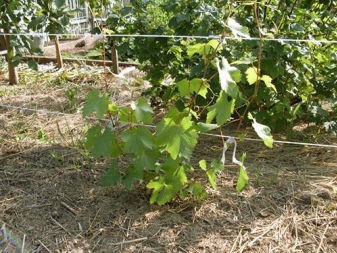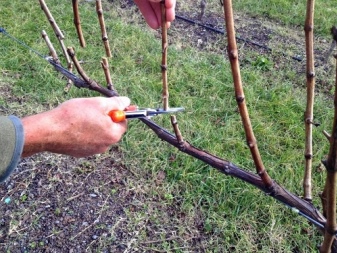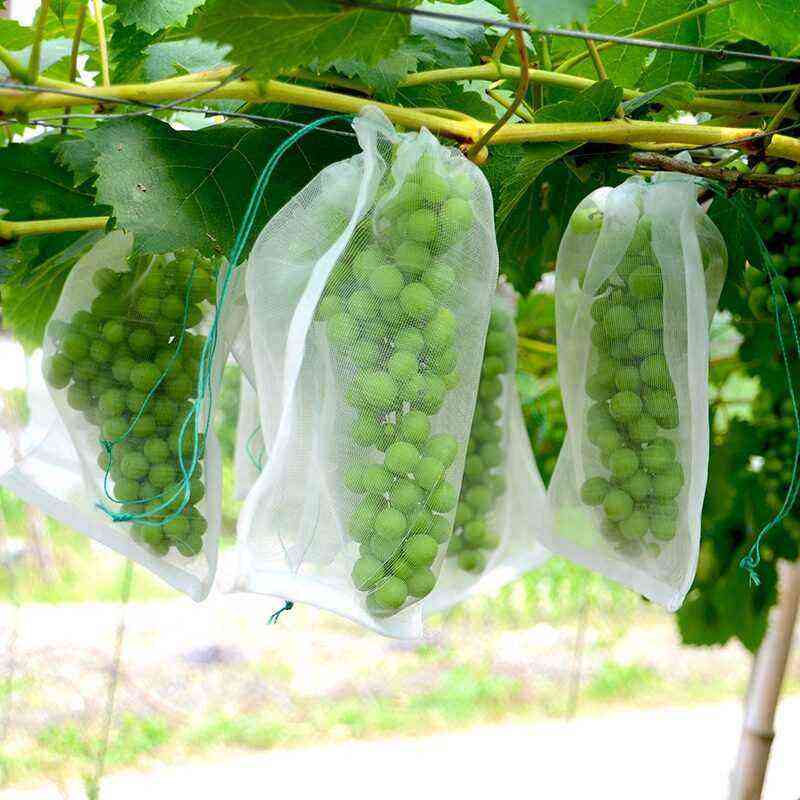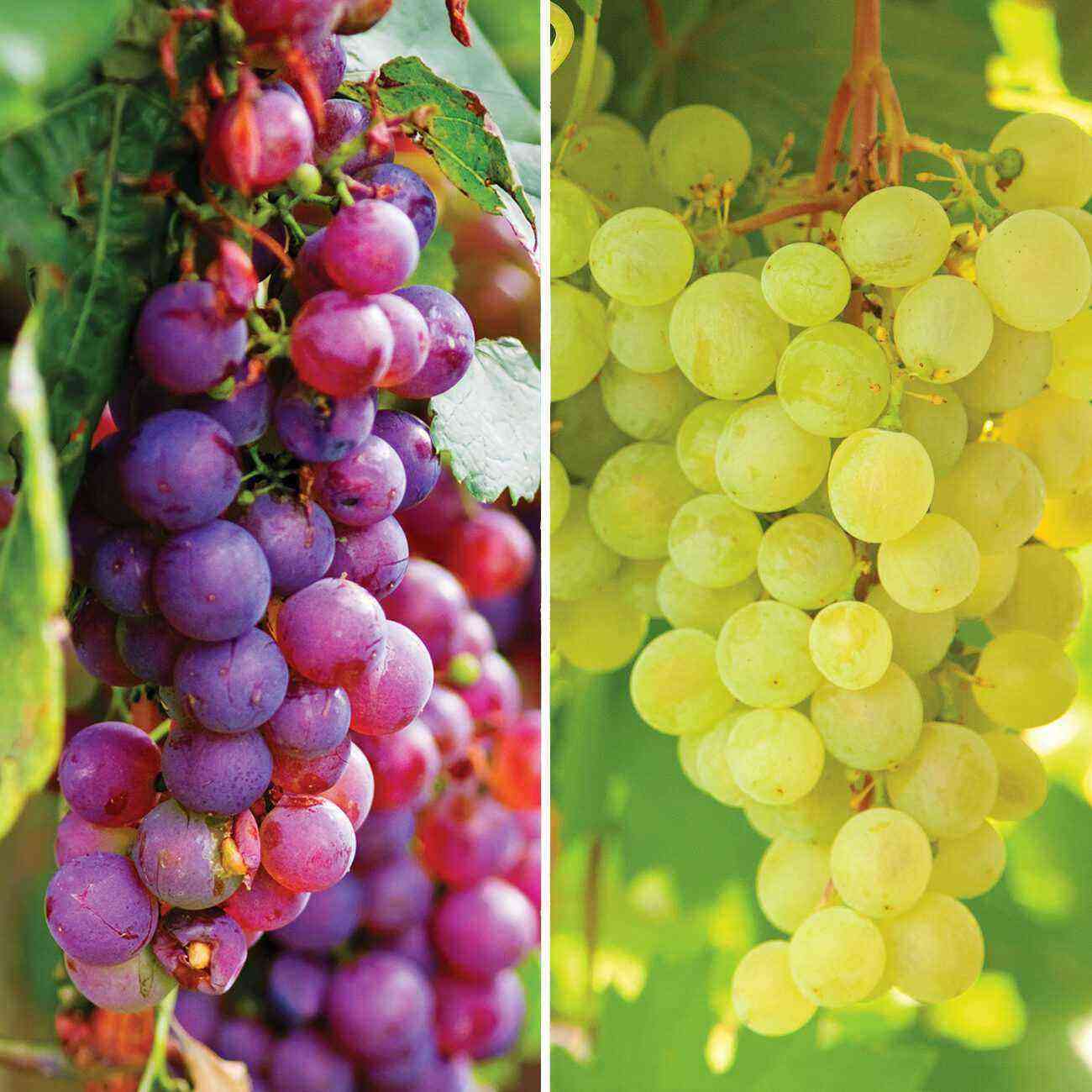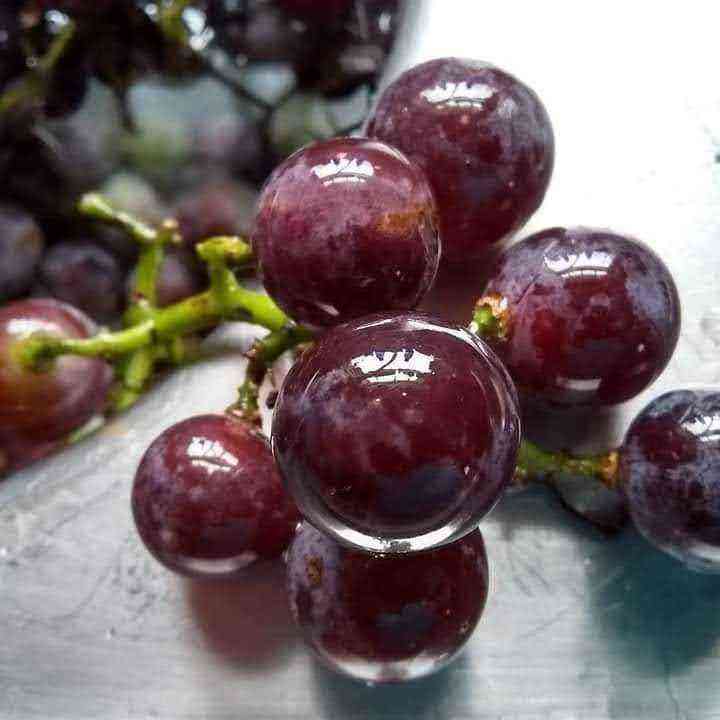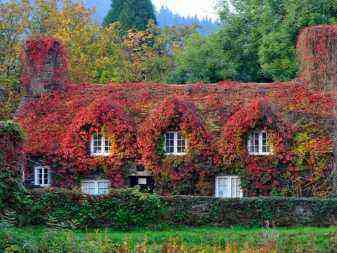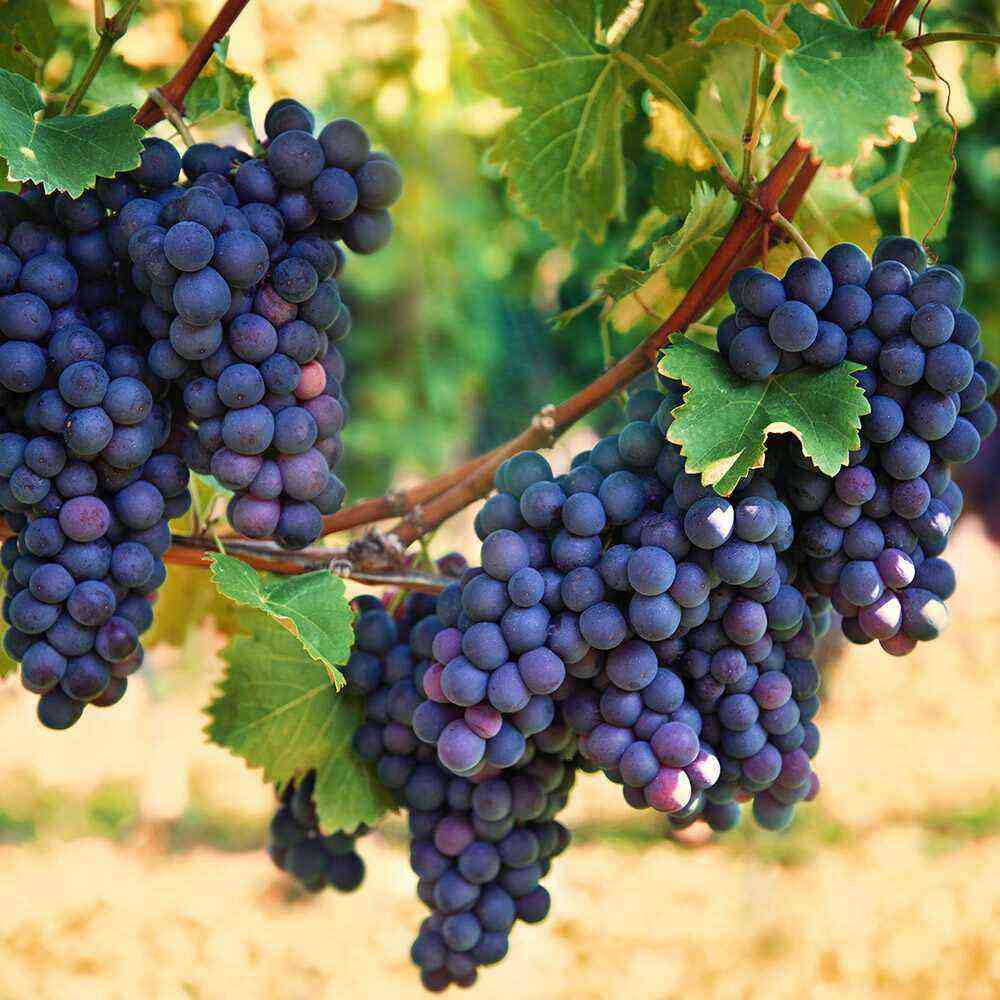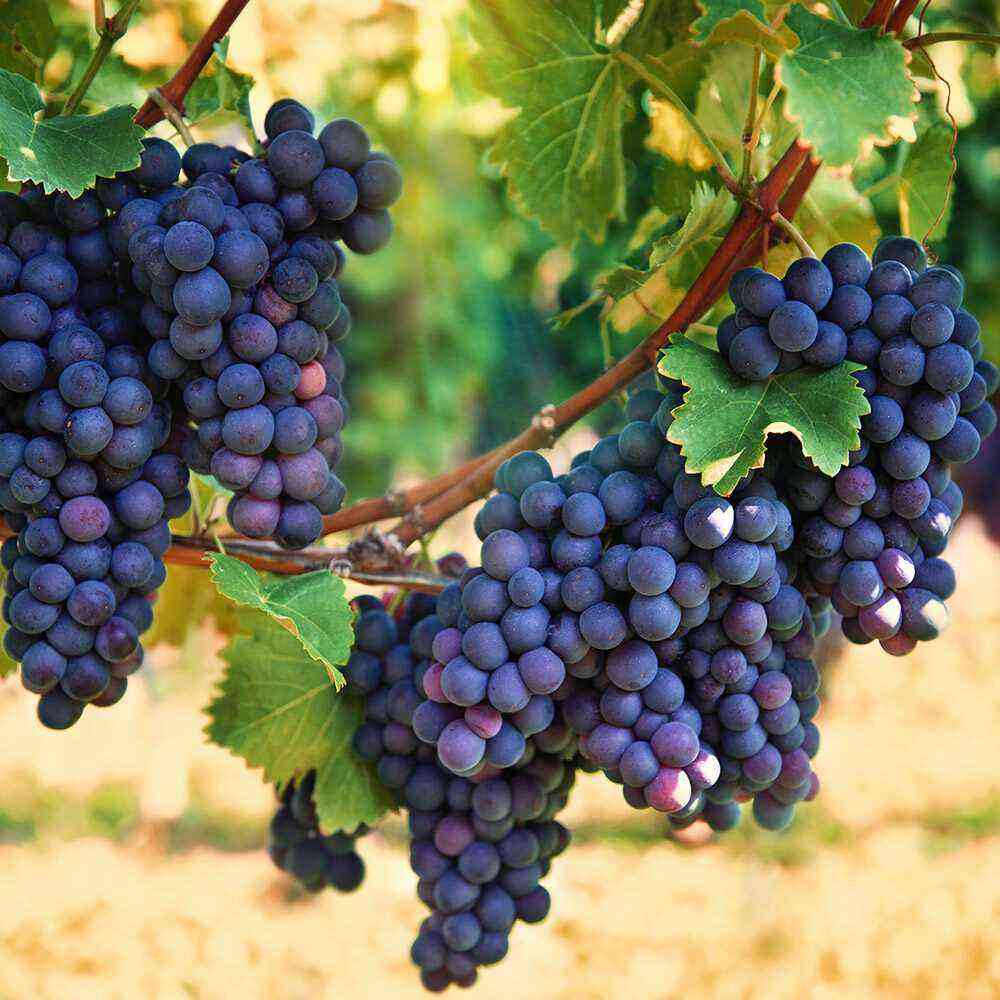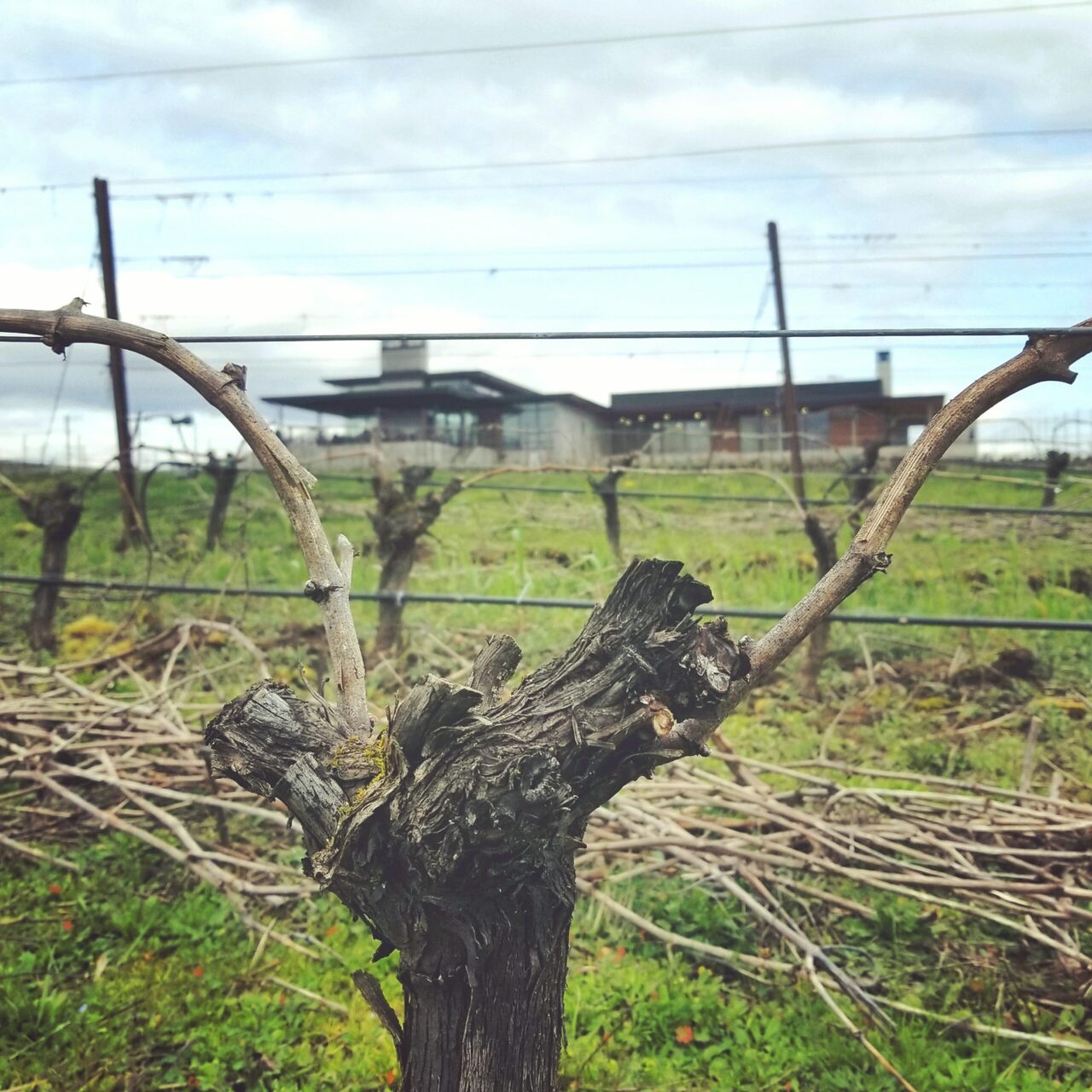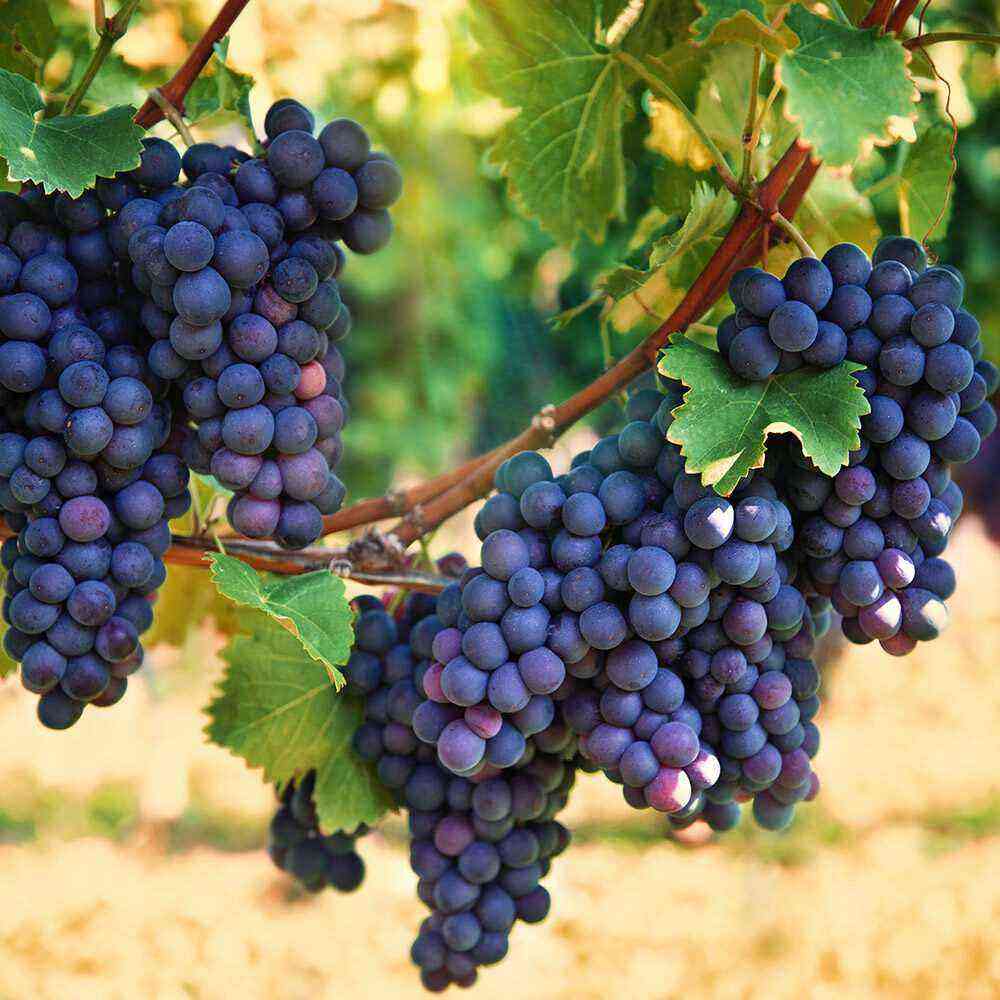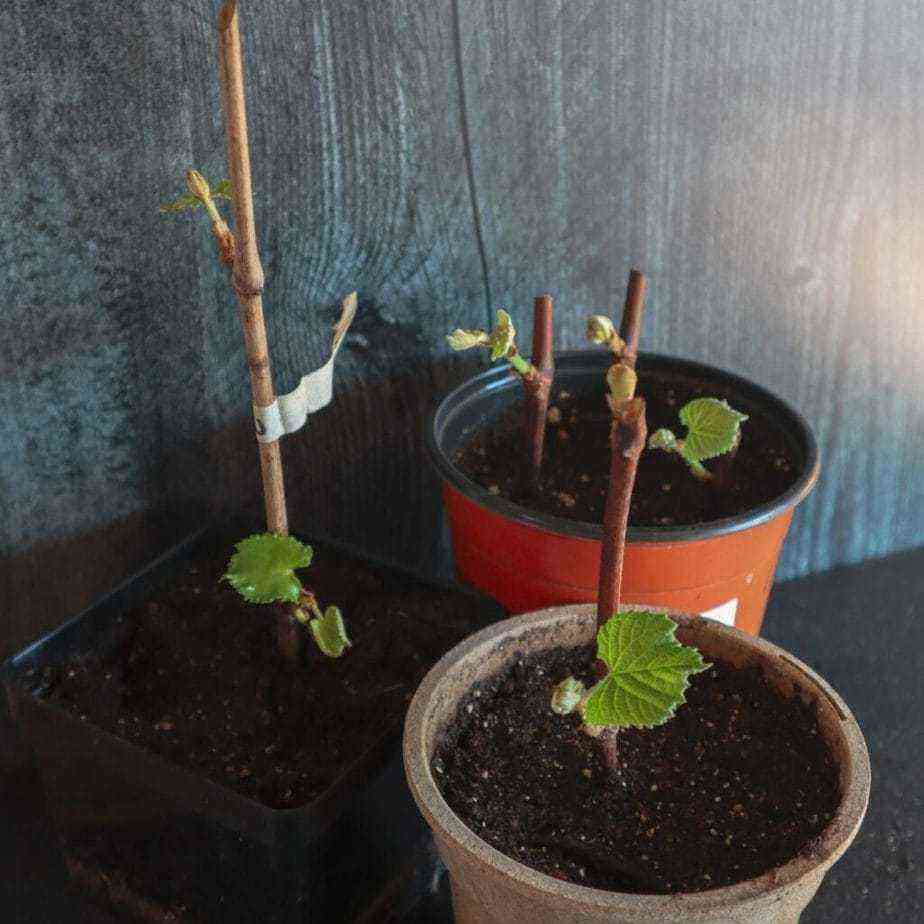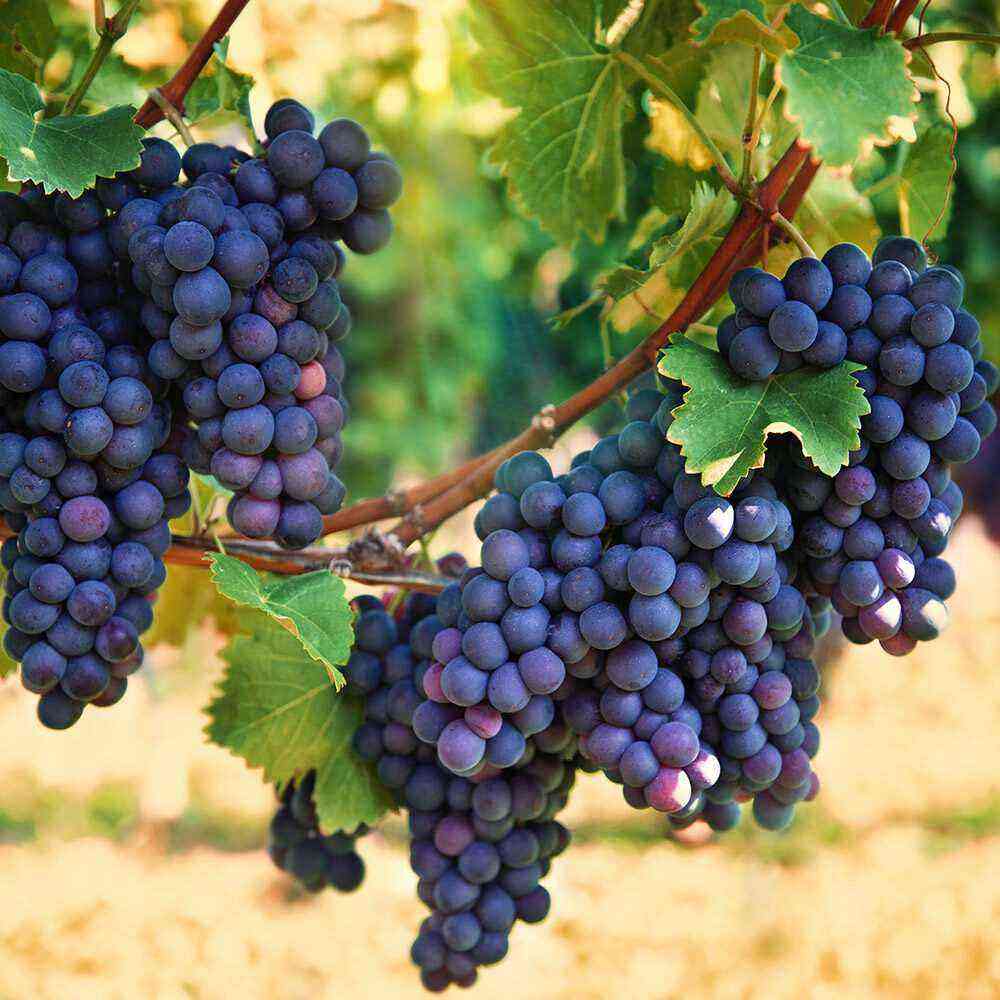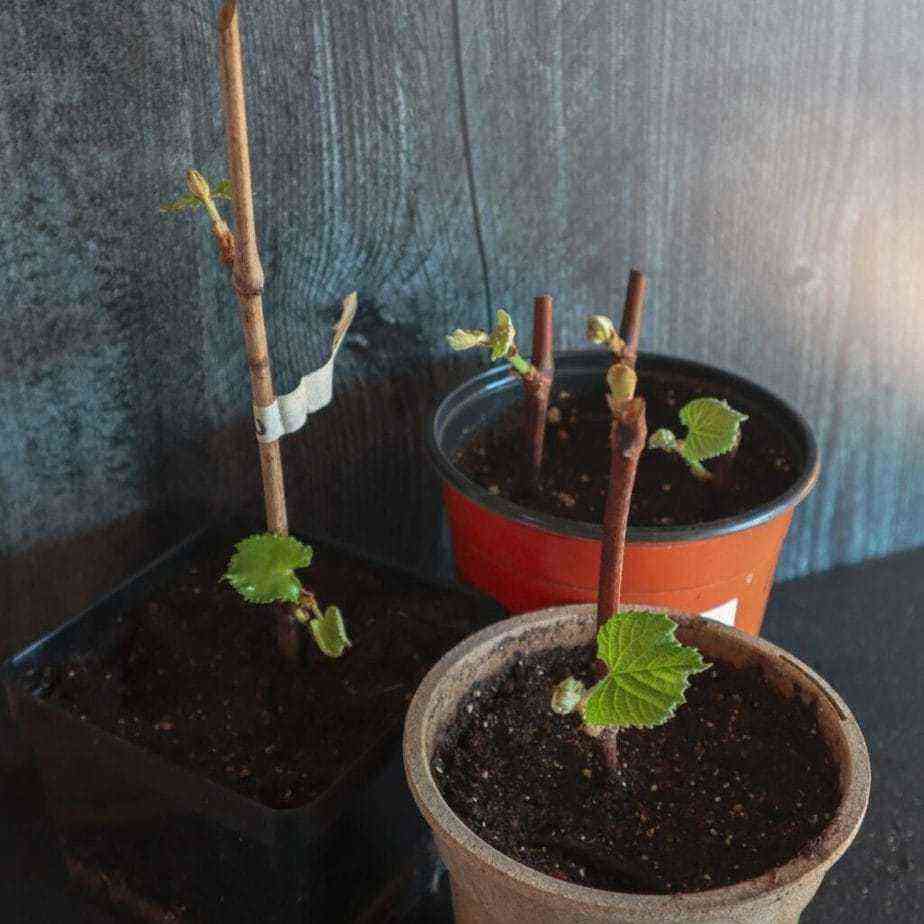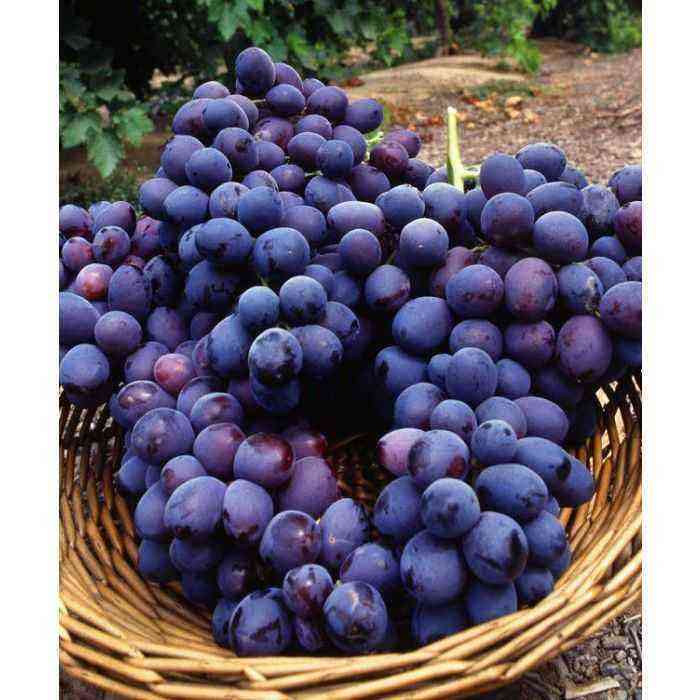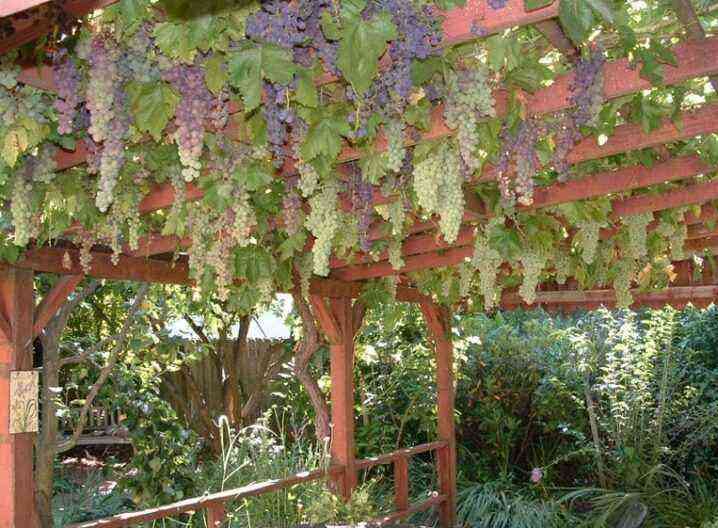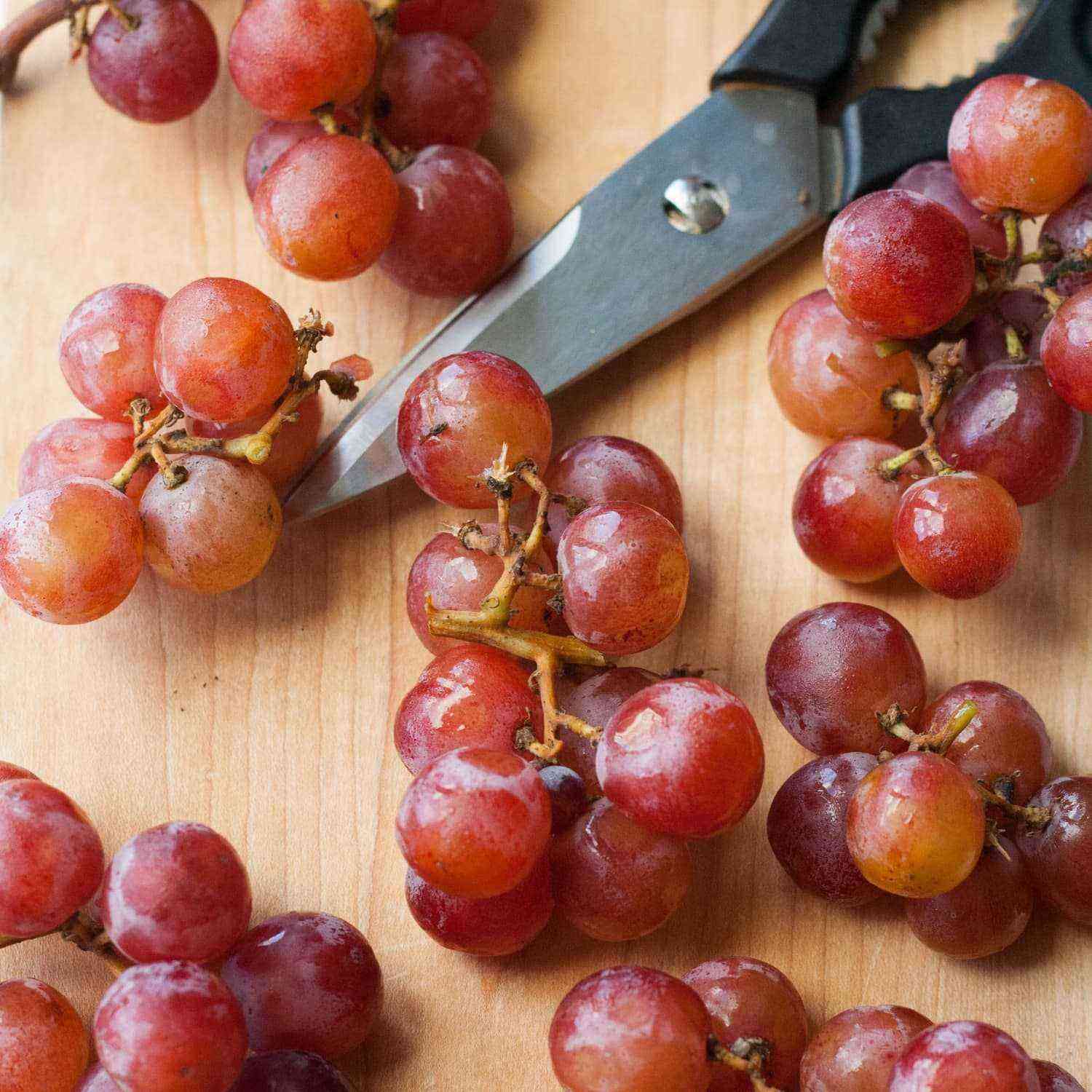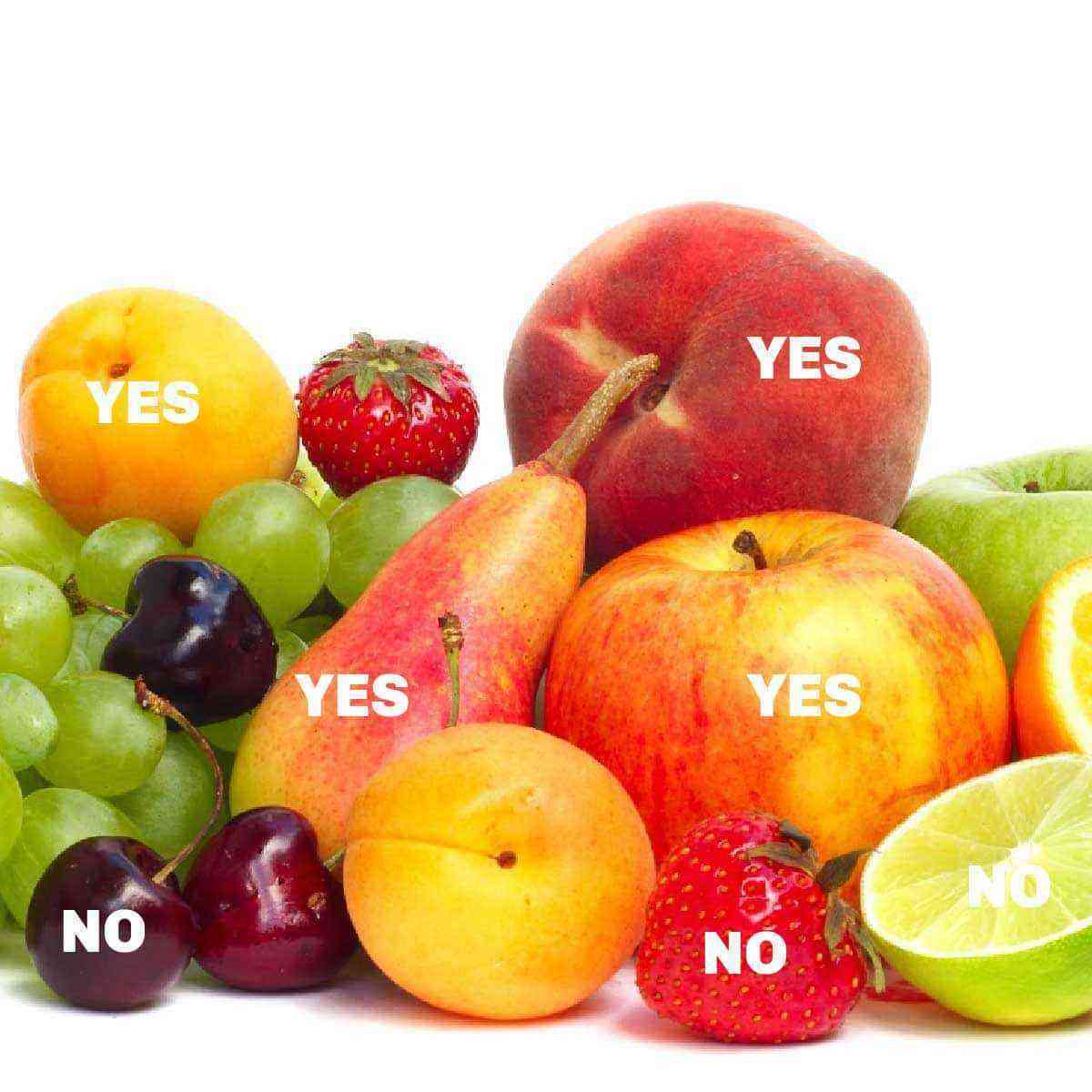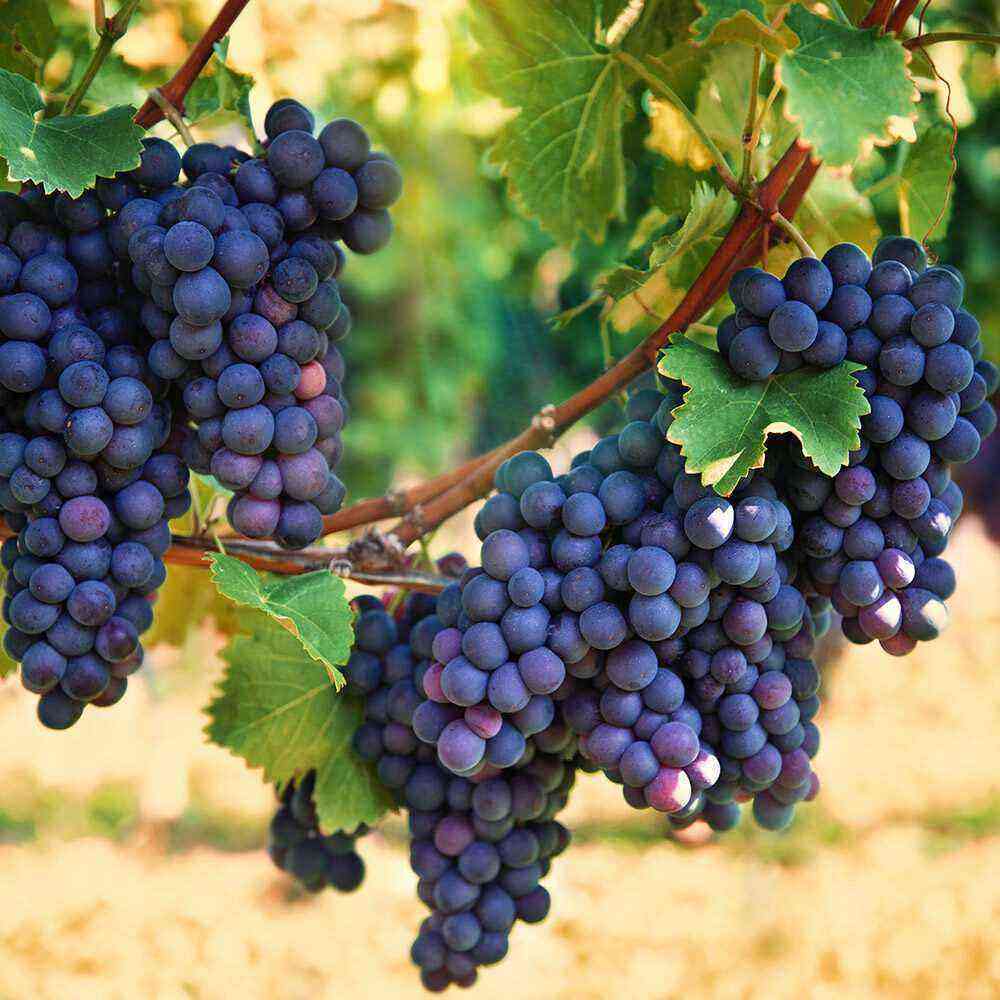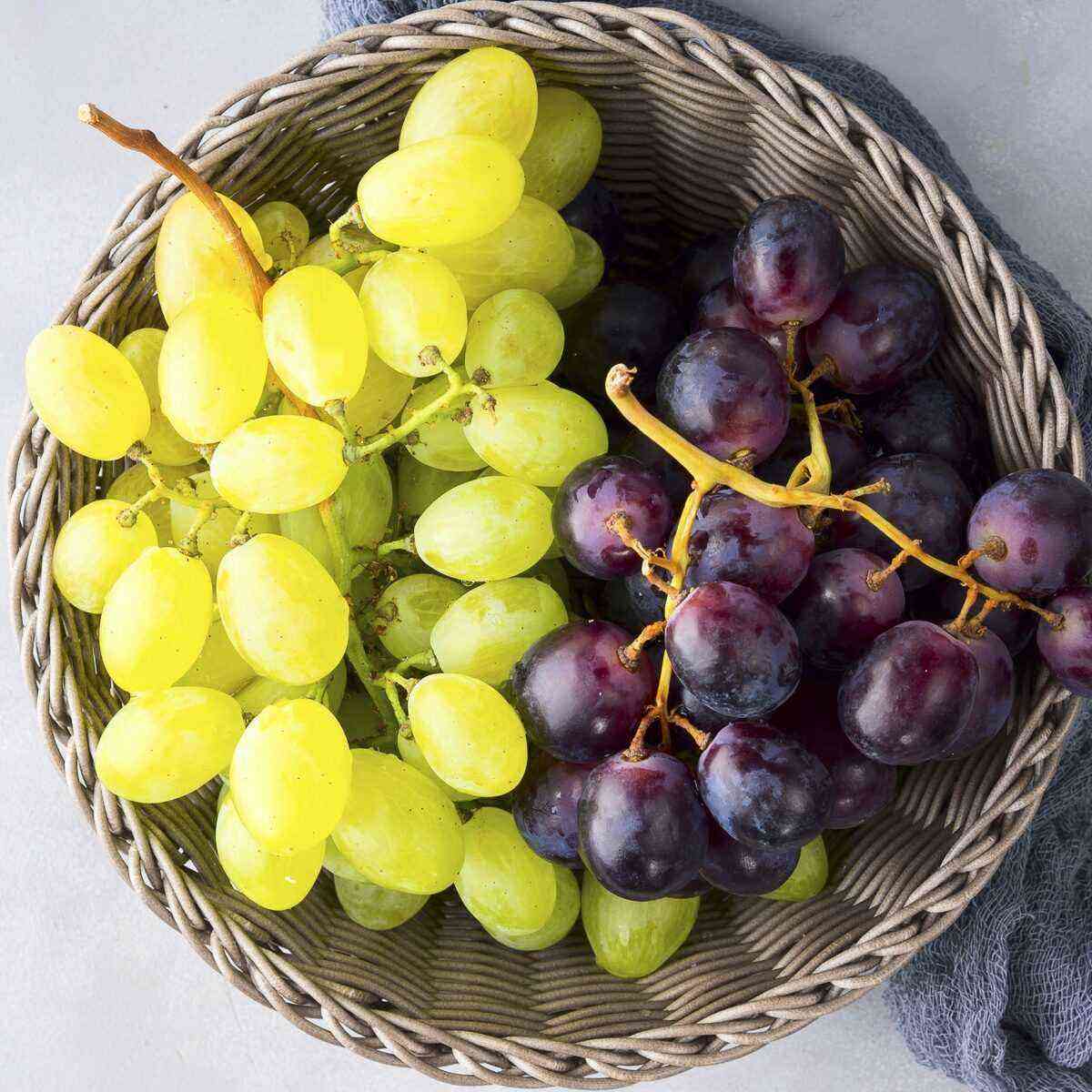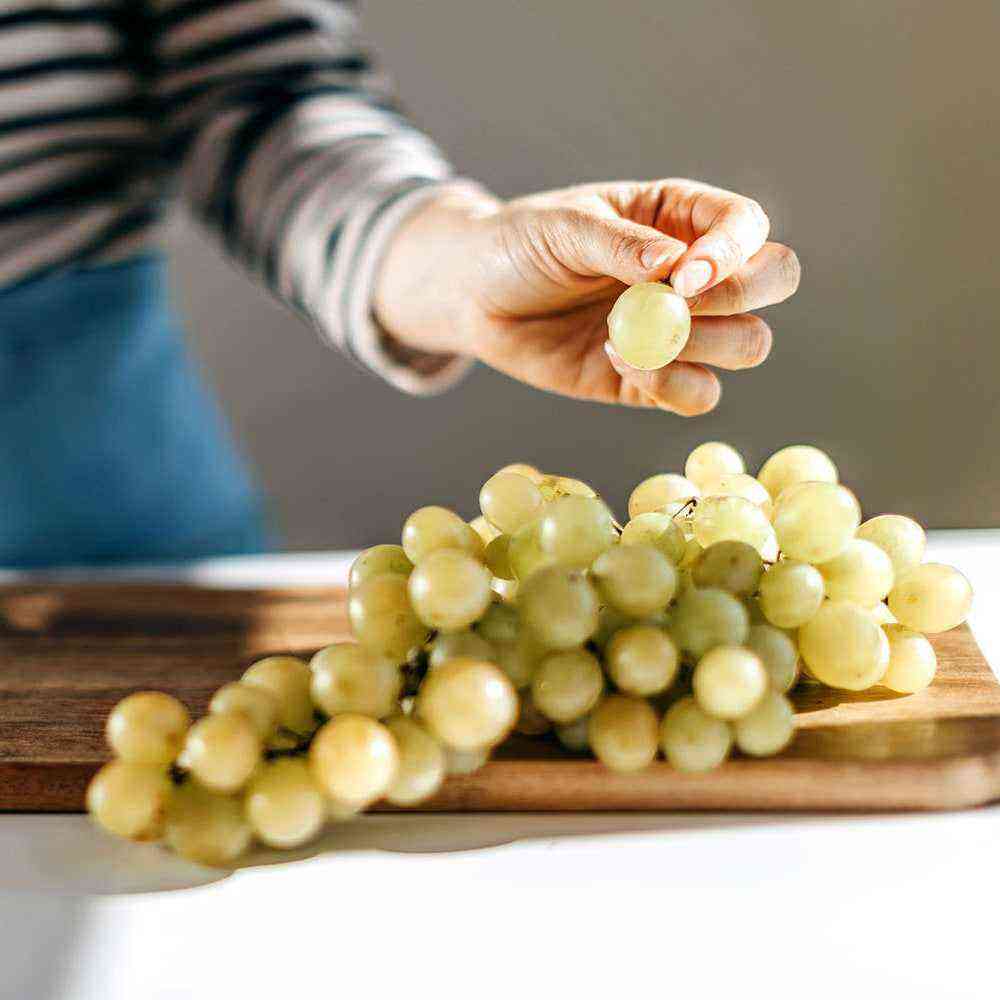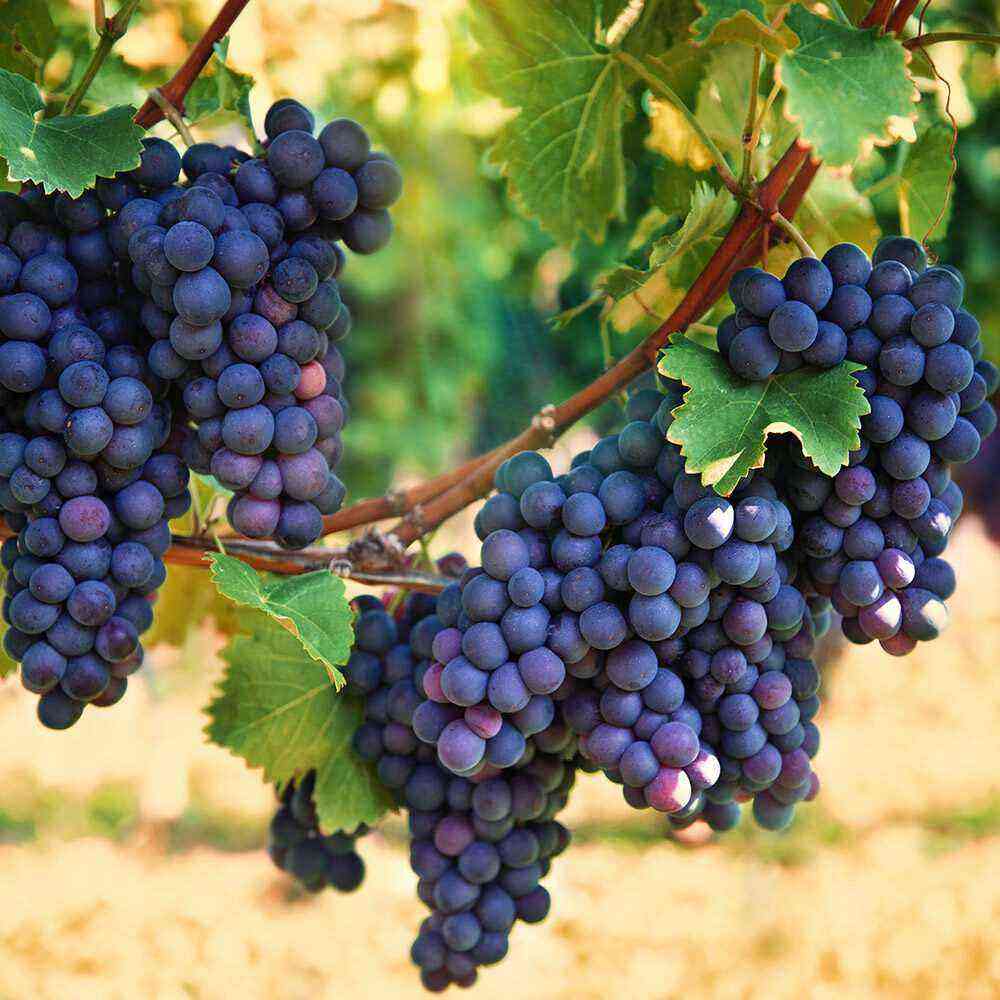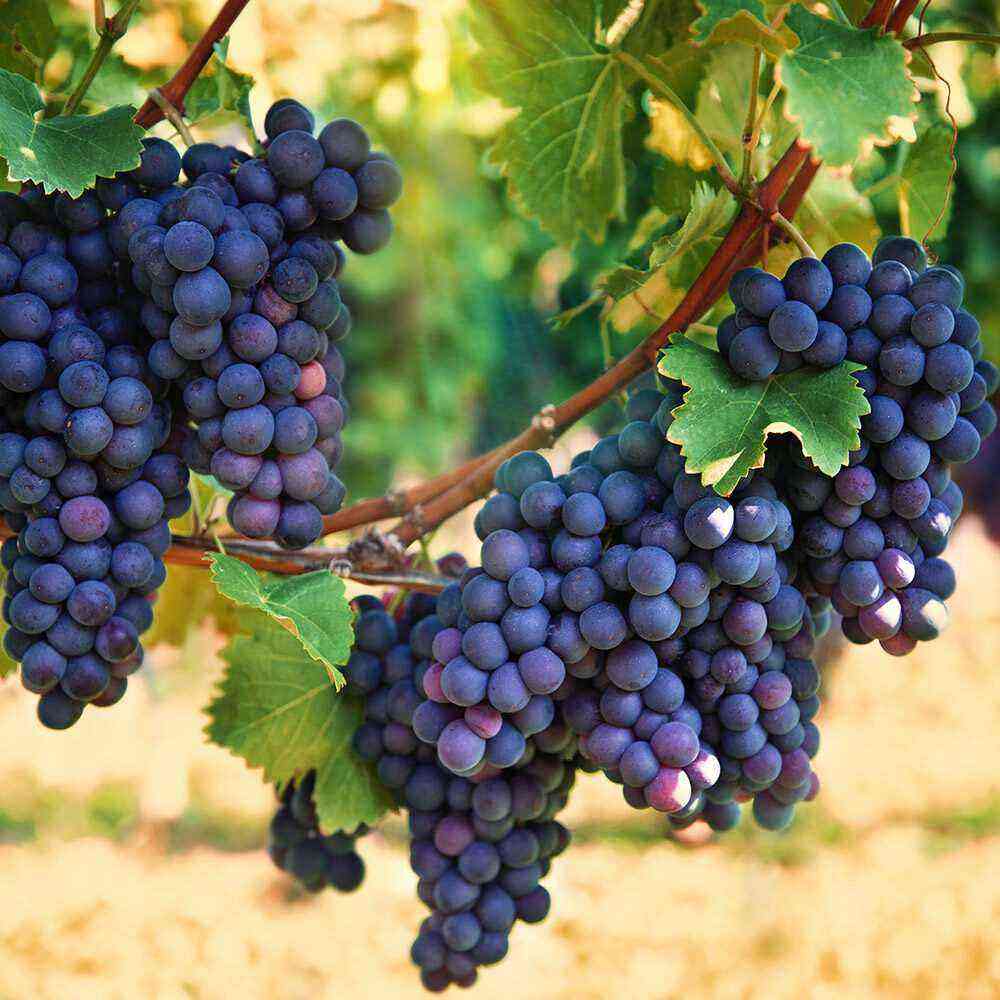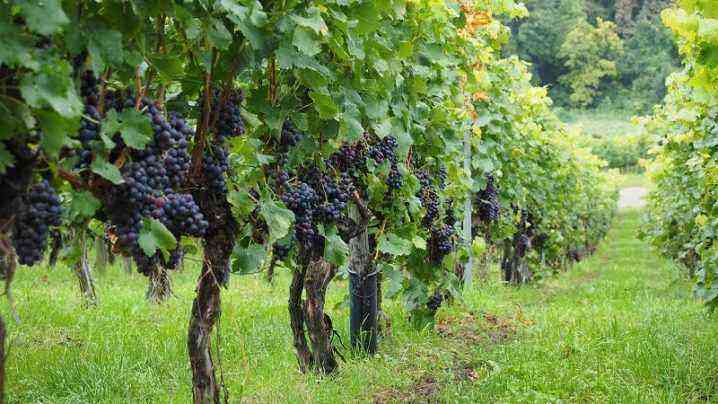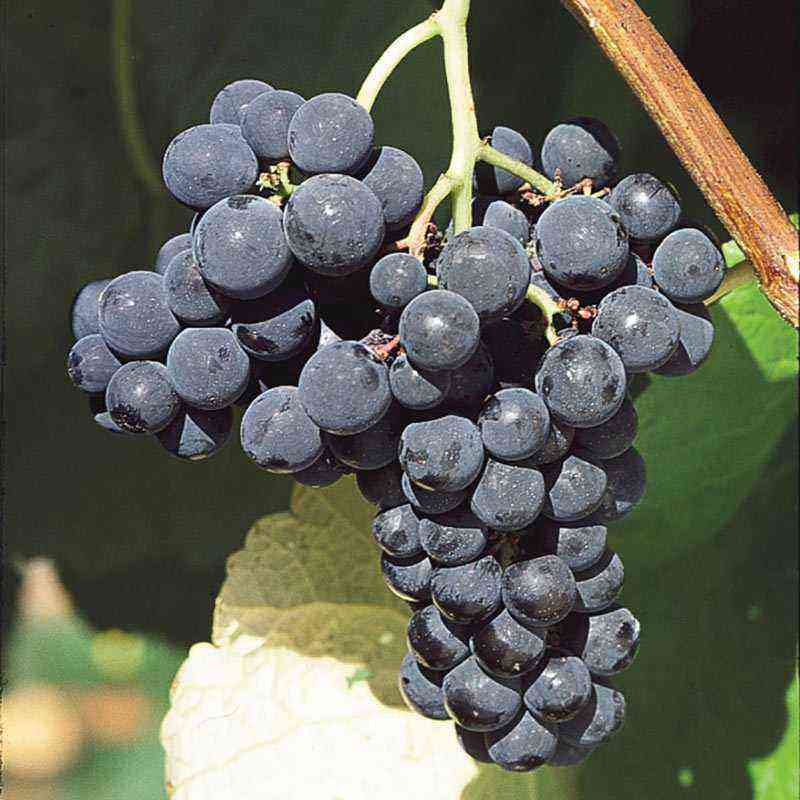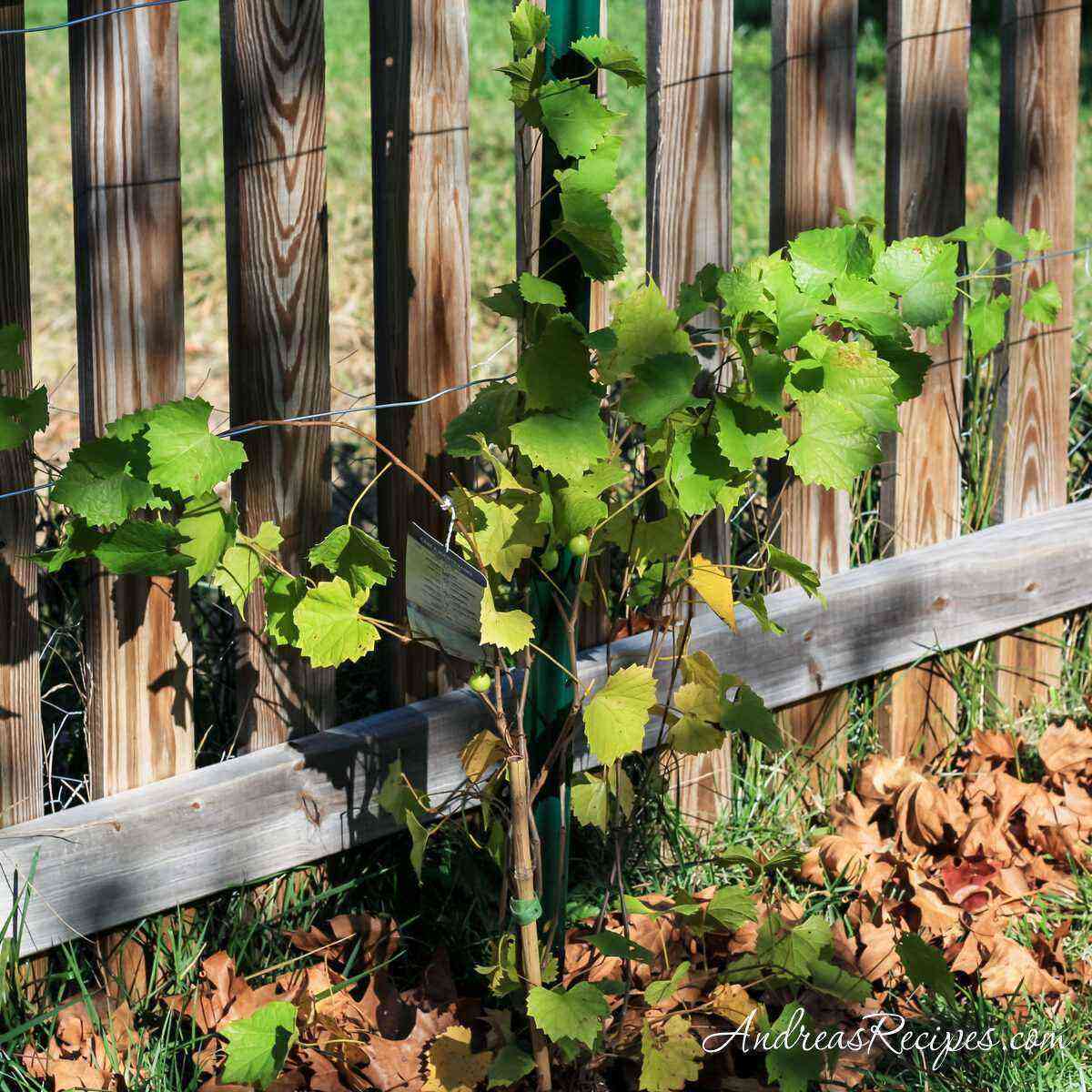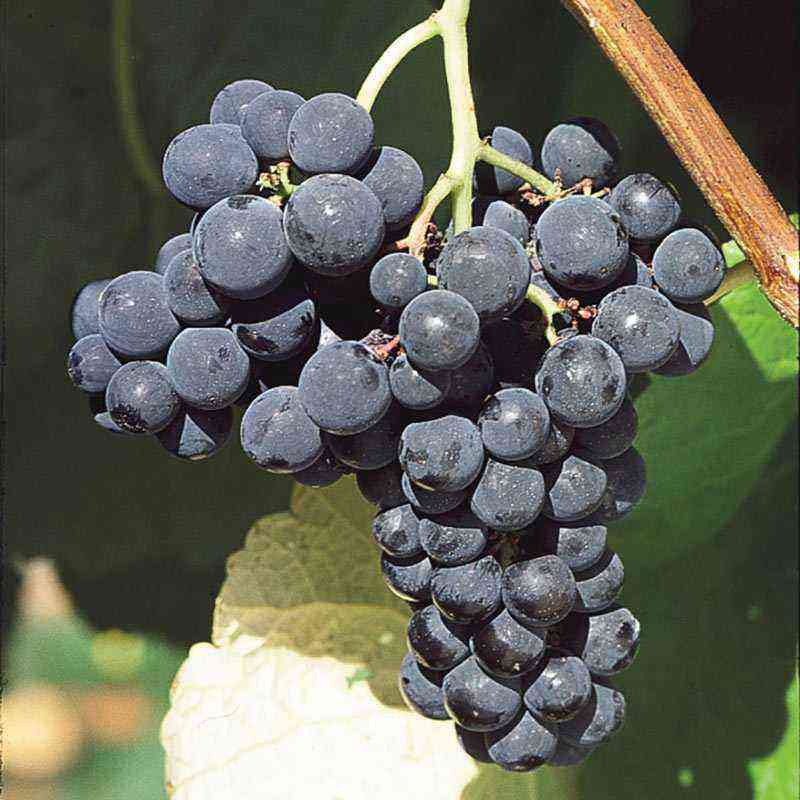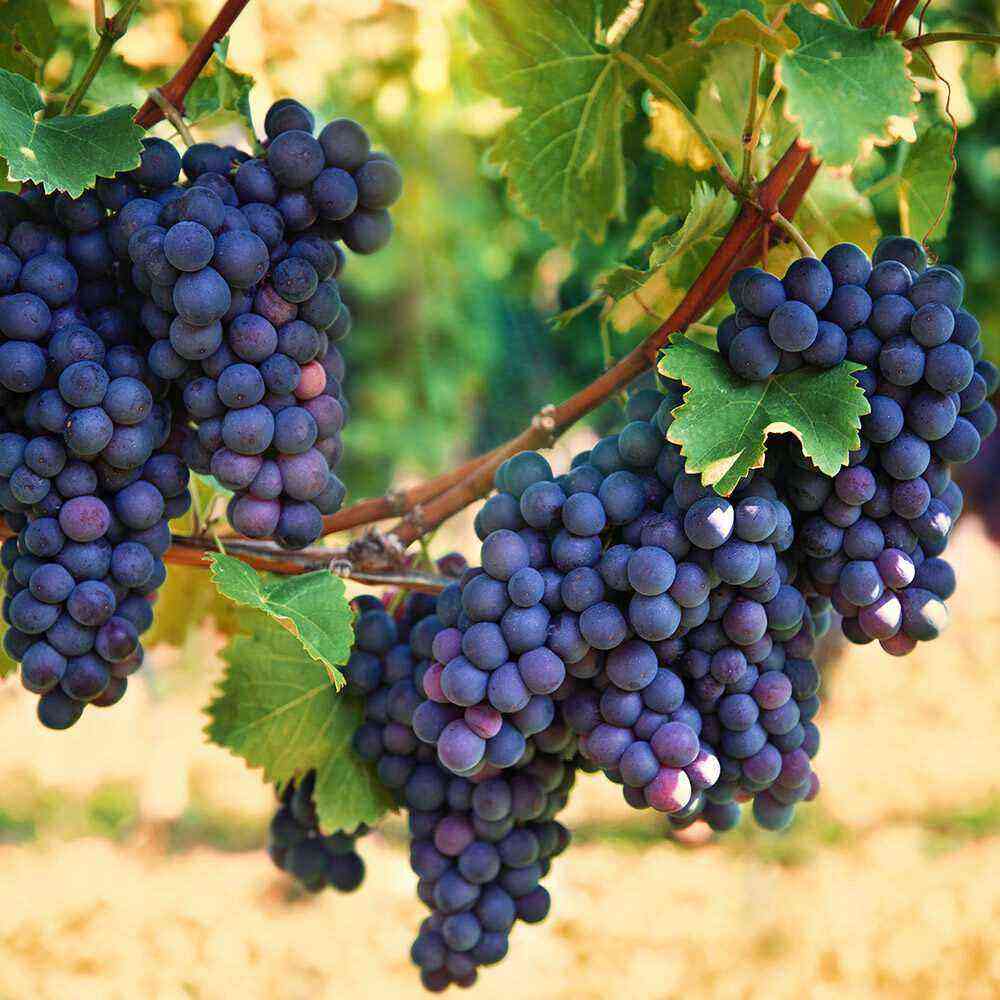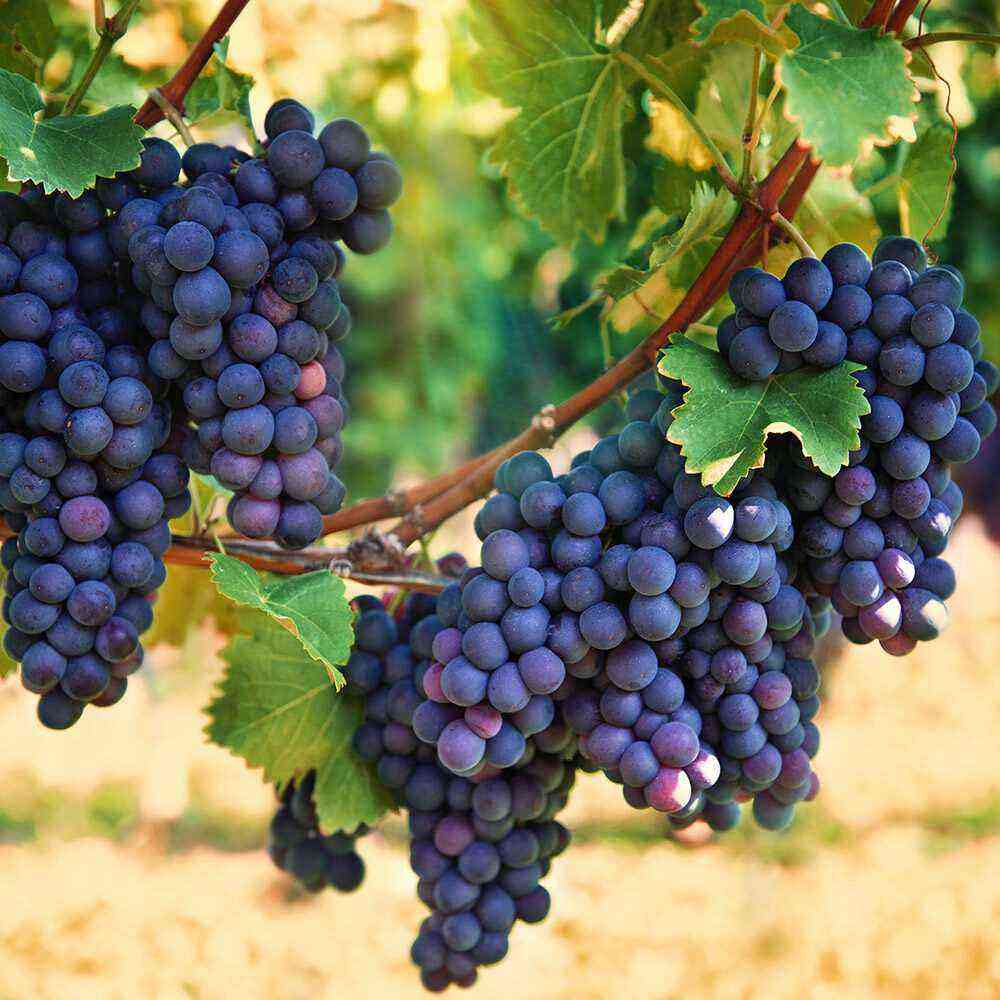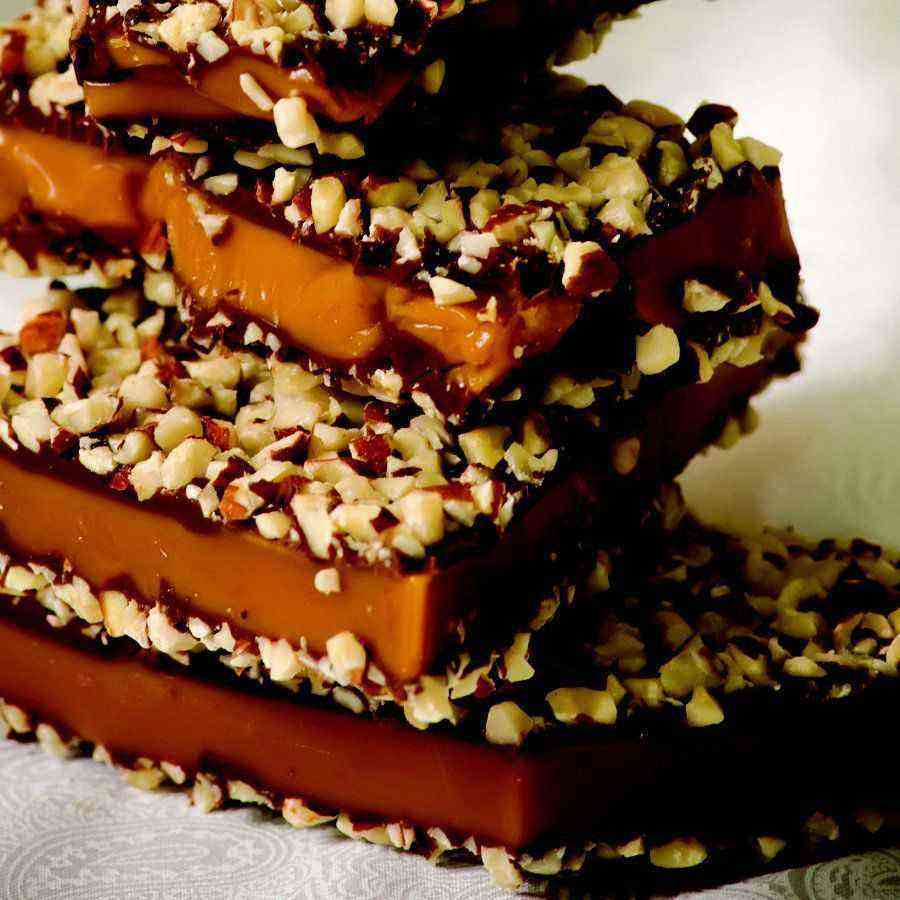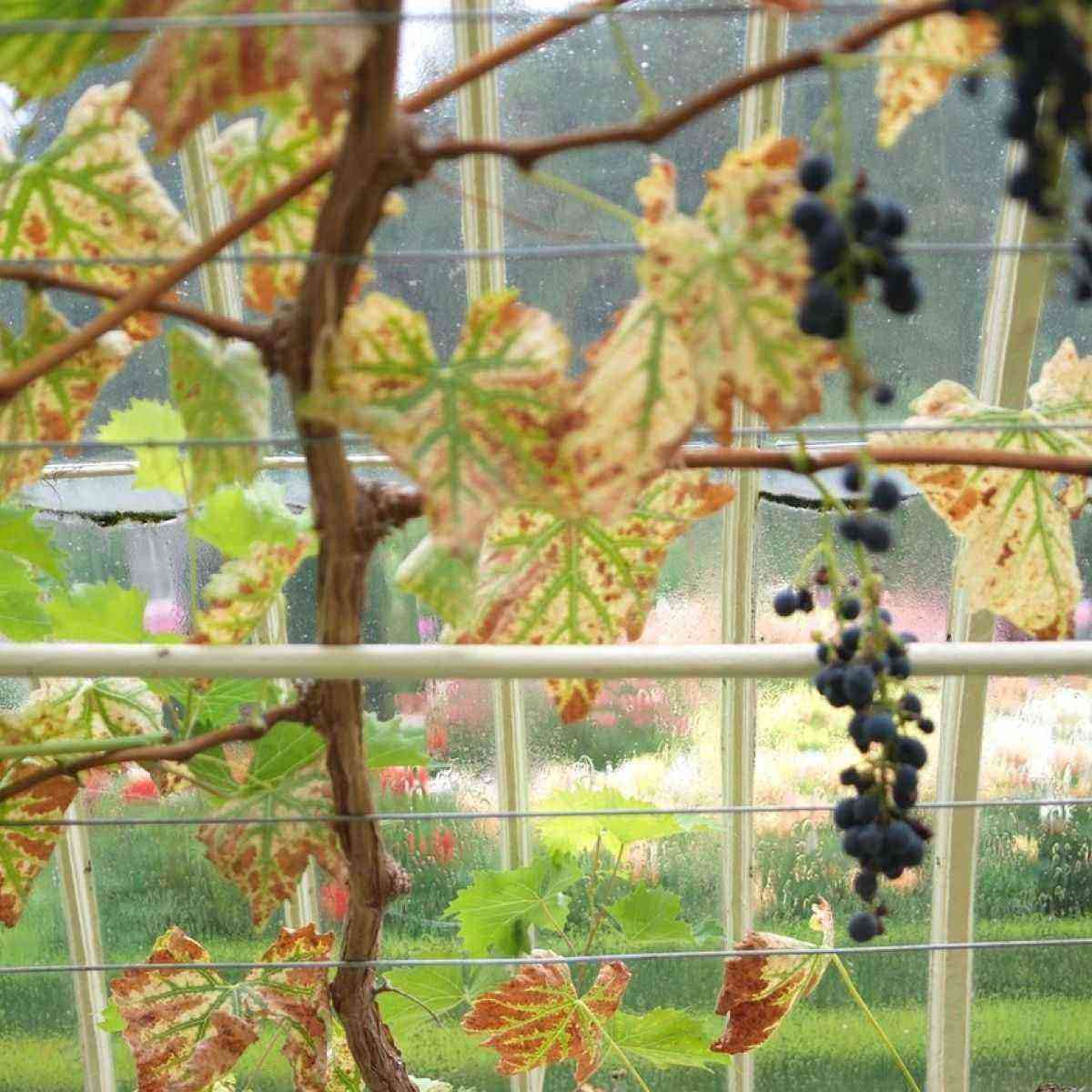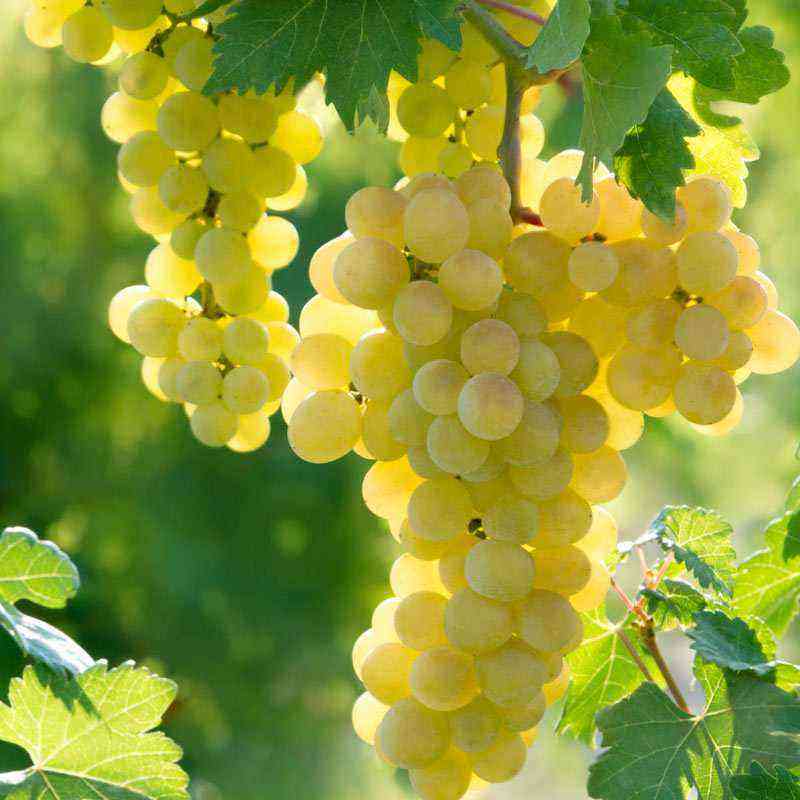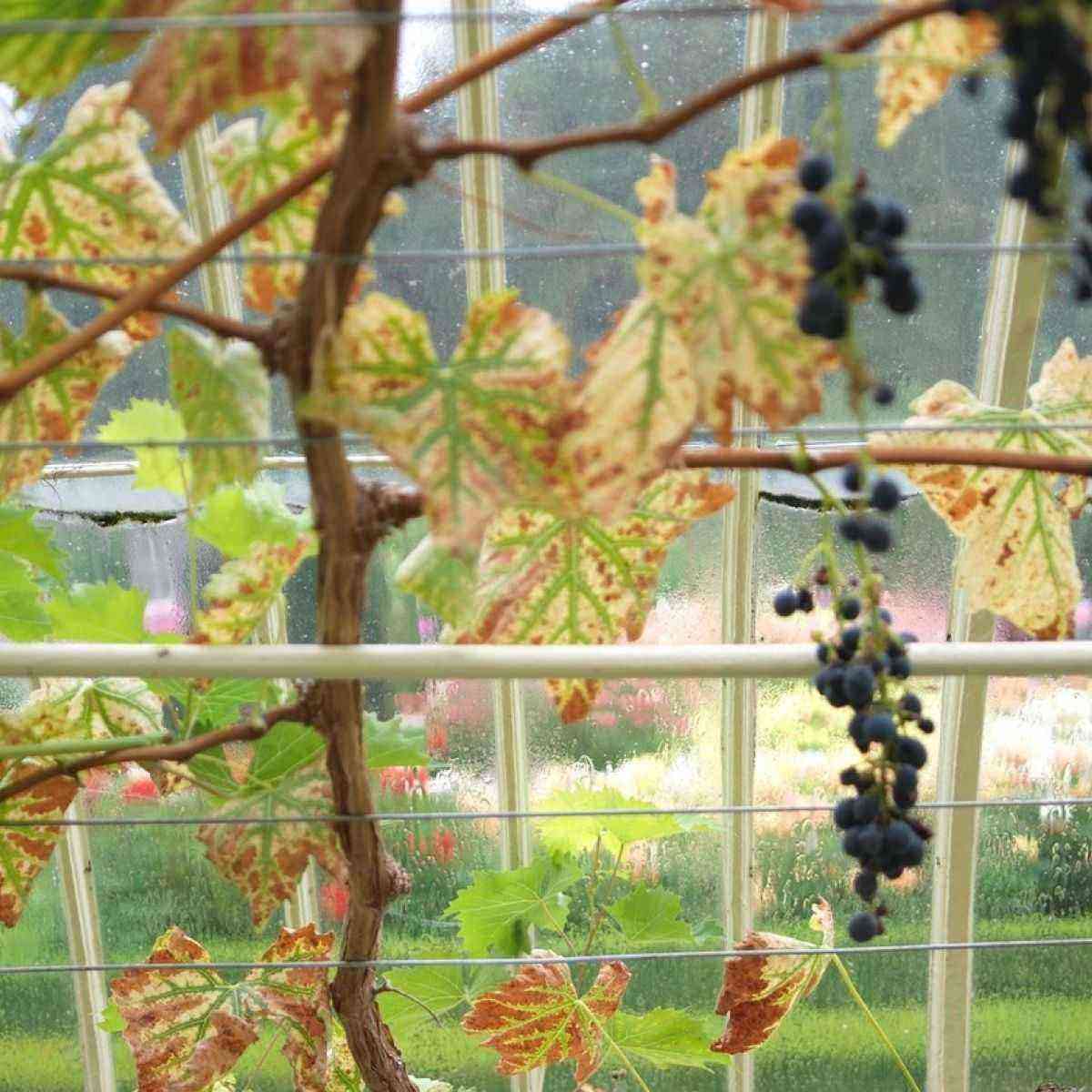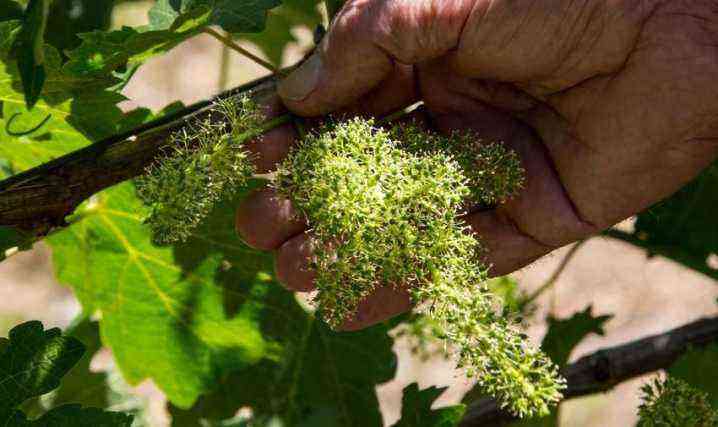Pruning grapes in the first year of planting and in subsequent years is a mandatory procedure. Otherwise, the harvest will not be seen. Grapes are a crop that bears fruit only on green young shoots that have grown from buds located on last year’s young branches.
Fundamental rules
Before proceeding with pruning, you need to have a good understanding of the structure and life cycle of the bush. Fruit shoots grow in summer, they are plastic, green, flower stalks appear on them. By autumn, these shoots become woody, it is they who are later called fruit vines. The thickness of the fruit vine should be approximately 1 cm. Upon reaching the age of 2 years, the vine will become a branch (or sleeve) – this is a perennial part of the bush. It has dormant buds that will wake up if the branch is cut. Grape bushes lay buds in autumn. Autumn pruning sets the tone for the entire future harvest. The number of fruit shoots should not exceed 10-20, otherwise the vines will be too thin, with very weak fruit-bearing shoots at the top. Harvest from such a plant will only bring disappointment.
In addition, shoots that have not matured by autumn will certainly freeze out, even if the winter is very mild. Therefore, it is extremely important to get exactly mature shoots, even if there are not many of them. Pruning grapes in the first year after planting can be done in different ways, depending on the desired shape. In cool regions for grapes, the best form is a fan without a stem with 4 sleeves. This design makes it easy to cover plants for the winter. Care of seedlings in 1 year is aimed at forming 2 branches. This is the basis for future crop carrier branches.
A young plant must be well watered at least 2 times in the first month after planting.. Watering is plentiful, 4 buckets of water per bush. The last watering is carried out in early August. After this period, watering should be refrained from, otherwise the plant will not have time to bring the shoots to a mature state, this process will stretch. In subsequent years, the most abundant watering will also occur in July, and they are similarly reduced by August, otherwise the berries will crack. Feed twice in the first year, combining fertilization with watering. The first top dressing is carried out when the green shoots reach a length of 10 cm, a complex with nitrogen, phosphorus and potassium is introduced.
The second top dressing with complex mineral fertilizer is carried out in early July, the third – in early August.
scheme
Annual grapes leave only two buds. If instead of two shoots 5-6 appear, the extra ones must be broken off, otherwise all shoots will be weak, too short, unproductive. Shoots break off when they reach a length of 2-5 cm. All stepchildren are also removed. In September, shoots are minted. Chasing resembles pinching, at least it has the same goals – to hold back the growth of the shoot. However, it involves shortening not the tip, but the entire length of the branch to the first full leaves.
If the tip of the grape shoot began to unfold, it is ready to grow, when this expenditure of energy is not needed, the branch is cut off. In the first year in the summer there is no need for chasing, it is performed only in September. In subsequent years, summer (if necessary) minting and obligatory autumn minting are carried out. Chasing accelerates the ripening of shoots. At the end of October of the first year, shortly before shelter for the winter, grown strong shoots must be cut off, leaving 3 buds on each. After that, covers made from waste plastic bottles are put on the plant. Sprinkle with earth or mulch so that it is flush with the top of the bottles, pour a 25-30 cm mound on top. The next year, you need to make sure that the work in the first year was done well.
Shoots of the first order will have a thickness of 7-8 mm, their color will be bright, crackling will be heard when bent. If the grapes are frozen, the shoots will be cold to the touch and devoid of elasticity. The task of the second year is to grow 4 sleeves. They are fixed on trellises. And in the 3rd year, 2 vines are released from the top of each sleeve, and all the shoots that appear below are removed. In total, the plant will have 8 shoots.
One bunch of grapes is left on each, mercilessly removing all the rest.
To cut the branch correctly, you need to make sure that the place is selected between the nodes, and the top remaining bud is facing up.. In subsequent years, pruning is done in the fall, after the plant has shed its leaves. They also regulate plant growth throughout the year. Even before the appearance of inflorescences, all extra shoots that are not provided for by the scheme, coppice shoots, on sleeves, shoulders, useless and poorly located (for example, it will be difficult to tie up a shoot to a trellis) are removed. During the flowering period, it is already easy to distinguish fruit and barren shoots. Unproductive ones are removed, only not once, but gradually, so as not to deprive the plant of a large green mass at once.
“Twins” are also unnecessary – these are shoots that have appeared from the eye, which contains three buds at once, the central one and two smaller lateral ones. From such eyes, both 1 branch and two or three at once can sprout. They are usually not very convenient, deplete the bush, spoil the appearance of the formed plant, obscure more productive shoots. If they have clusters, leave the strongest and most convenient for garters, the rest are removed. Before the berries ripen, it is useful to pinch the shoots over the 5-7th leaf above the brush. Such a technique will redistribute nutrition in favor of the berries and at the same time will not be a load on the bush, which is possible if you break off a branch right above the bunch.
During the ripening period of the bunches, the usual control measures are performed: interfering branches and stepchildren are removed. Carry out the normalization of clusters. Too dense bunches can be prone to disease, due to the accumulation of moisture between them, the berries become smaller. For more beautiful, sweet and large berries, the bunches are thinned out from mid-July. Remove those parts of the bunch on which the berries are small, deformed. And before harvesting, for 2-3 weeks, clarification is carried out. Remove leaves that shade the clusters. At the same time, it is taken into account that the activity of grape leaves is short-lived. An unfolded sheet works no more than 50 days after unfolding. Then it ages and becomes almost ballast, so you can safely remove the old leaves around the clusters. However, the lower leaves, even if their performance has already decreased, are not affected. They are useful – they protect bunches from sunburn, rain, hail.
Useful Tips
For pruning, you should choose the right tool: flat bypass pruners for green branches, anvil pruners or persistent pruners for dry vines. A suitable pruner damages the branch only at the cut points, does not chew, does not tear the fibers. High carbon steel tools are sharper but less durable than stainless steel tools. For hard-to-reach branches, loppers are used. For normalizing bunches, it is convenient to use scissors with long blades and blunt tips. Of course, all tools must be well sharpened and perfectly clean. A ratchet pruner will help reduce the burden on the gardener. This is the best option if you need to cut a lot of branches with minimal effort, although these secateurs are quite expensive.. Choose a sunny, dry day for pruning. Sometimes the vine grows unevenly, especially if the vines are fixed to the trellis at an angle. Growth is leveled by adjusting the load on the branches (leave more or less clusters), or by pinching. More often than other varieties pinch varieties with a loose cluster.
Stepchildren can be broken off manually, but it is also better to use a pruner – it is more reliable. Wintering buds are located next to stepchildren and manual removal of stepchildren can damage them. Stepchildren pinch over 2-3 leaves. For the best harvests, experienced growers pull fruit shoots with wire. The entire shoot above the ring will receive enhanced nutrition, which will allow you to get more beautiful clusters 2 weeks earlier. But the reception is very complicated and will be required only from 4-5 years of plant life. Young plants need the same protection against diseases as adults. At the slightest sign of disease, the leaves are treated with Chorus, Skor or Topaz. Be sure to strictly follow the instructions, all these drugs are quite strong. Folk remedies for grapes are practically useless, although while the plant is young and small, they may make sense. However, it’s better not to risk it.
You can use biologics like Fitosporin, but they have a shorter shelf life than chemical insecticides, and they act preventively. They must be used regularly and frequently.

